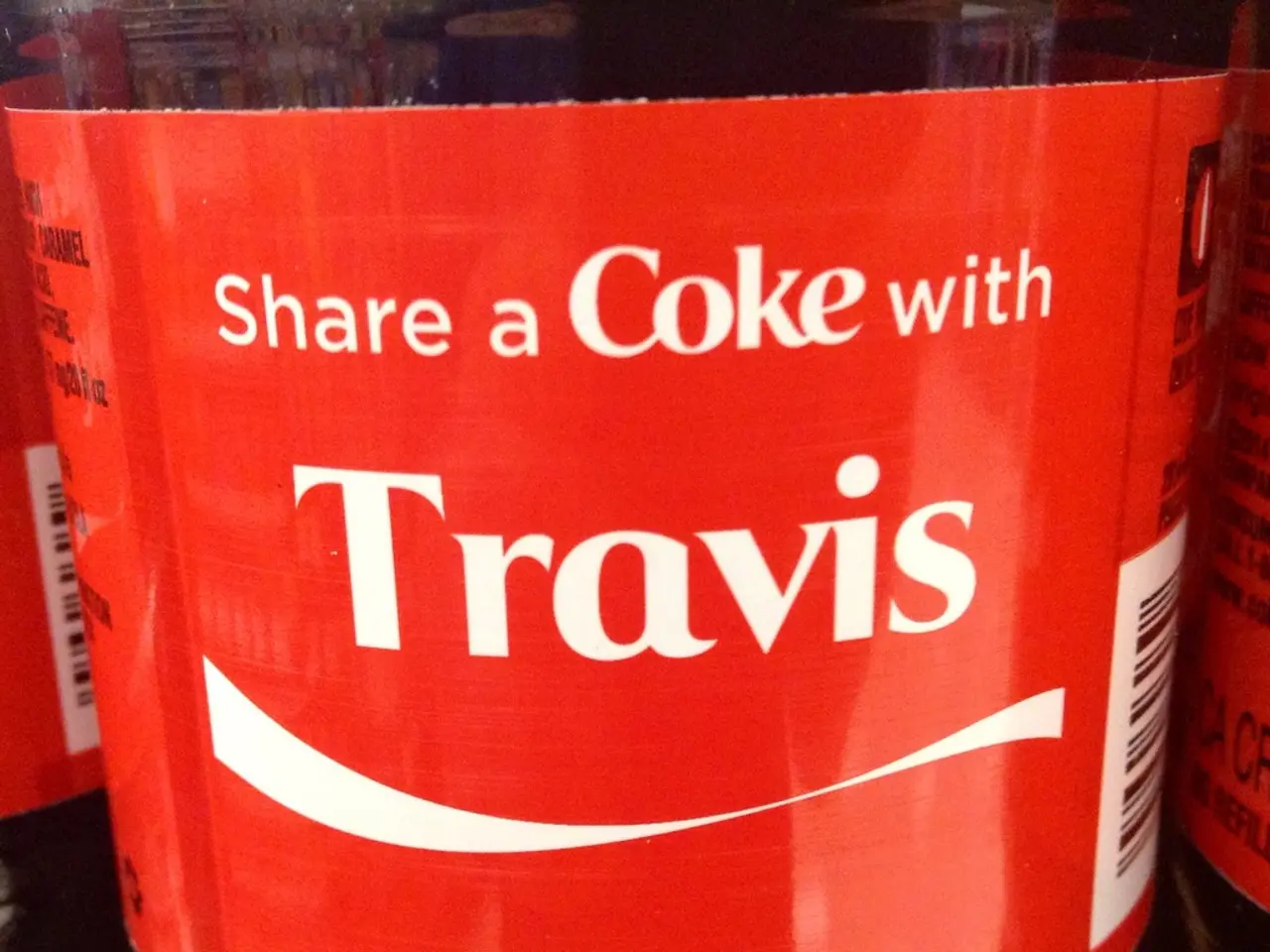Blisters brought on by sunburn: Recognizing signs, tests, and remedies
With the arrival of warmer weather, it's crucial to remember that protecting our skin from the sun's harmful rays is essential, even on cloudier days. Sunburn, whether mild or severe, can lead to long-term effects such as precancerous spots, premature skin aging, and skin cancer.
Second-degree sunburns, in particular, can cause more severe symptoms, including intense pain, swelling, wet or weeping skin, general weakness, and body aches. In some cases, patients may experience systemic symptoms like nausea, chills, fever, faintness, headaches, intense itching, and patches of purple discoloration. Signs of infection, such as pus or a foul odour, may also occur if the burn worsens or spreads.
These symptoms indicate that the injury affects not just the superficial epidermis but also the dermis layer, requiring careful management to prevent complications like infection. If systemic symptoms develop or blisters become extensive, it is advisable to seek medical care promptly. People who develop sunburn blisters on their face should consult a doctor as soon as possible.
To prevent sunburn, it is essential to follow sun protection guidelines. This includes using a sunscreen with an SPF of 30 or above, applying it before sun exposure and again every 90 minutes, wearing protective clothing, and applying sunscreen generously. It's also important to avoid going outside during 10 a.m. and 4 p.m. when the sun is at its strongest.
Sunscreen should block both UVA and UVB radiation and have a minimum four-star rating for UVA protection. Additionally, sunscreen should be reapplied after entering the water or sweating excessively, even if the label says the product is water-resistant.
Sunburn blisters, caused by second-degree sunburn, are similar in appearance to regular blisters. If a blister from sunburn pops or breaks, dermatologists recommend gently cleaning the area with mild soap and water, applying an antibiotic ointment, and covering the wound with a nonstick gauze bandage.
Sunburn blisters usually take around a week to heal but may leave scars. Moreover, they can increase the risk of skin cancer and melanoma. Anyone experiencing symptoms such as swelling, chills, dizziness, severe headache, nausea, or vomiting after sun exposure should seek immediate medical attention.
In addition to these precautions, people should be aware of their skin's sensitivity to the sun and seek advice from a healthcare professional if unsure. People can avoid sunburn blisters by following sun protection guidelines and being mindful of their sun exposure, especially during peak hours and in environments with increased sun reflection, such as snow.
- While enjoying warmer weather, remember that those with conditions like atopic dermatitis, psoriasis, or skin-care concerns may need to pay extra attention to sun protection.
- Sunburn blisters, caused by second-degree sunburn, can have systemic impacts, potentially leading to symptoms such as nausea, chills, or fever.
- In the realm of health-and-wellness, science continues to find connections between sunburn and long-term conditions such as diabetes, colitis, ulcerative colitis, and even mental health issues.
- For effective sun protection, one must use a sunscreen with an SPF of 30 or higher, which should also have a four-star rating for UVA protection, and reapply it every 90 minutes.
- Sunburn blisters, similar to regular blisters, should be treated cautiously with gentle cleaning, antibiotic ointment, and a nonstick gauze bandage if popped or broken.
- Seeking timely medical care is crucial when systemic symptoms like nausea, dizziness, severe headache, or vomiting occur after sun exposure.
- Therapies-and-treatments for sunburn often involve managing pain, preventing infection, and aiding the healing process, which can take up to a week and may leave scars, increasing the risk of skin cancer and melanoma.
- Alongside sun protection, individuals should be aware of their personal sun sensitivity and, if necessary, consult with a healthcare professional for guidance on their sun exposure levels and suitable skin-care practices.





